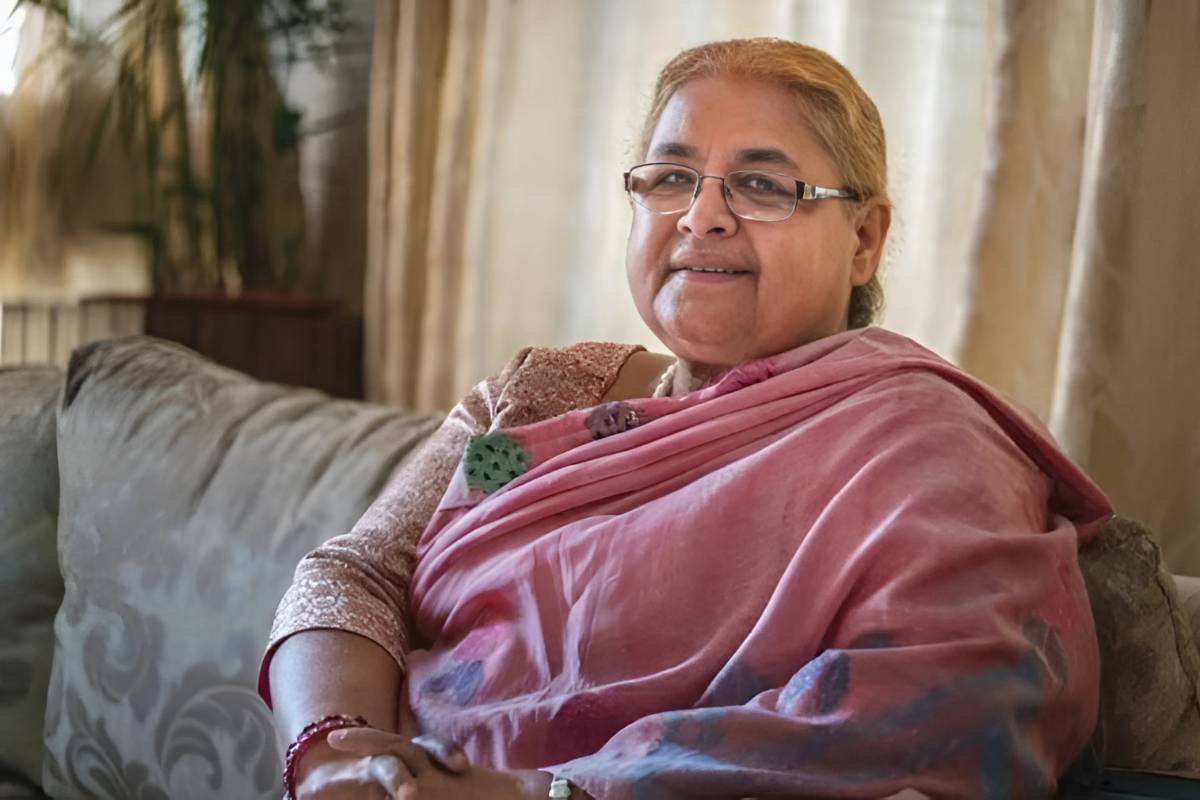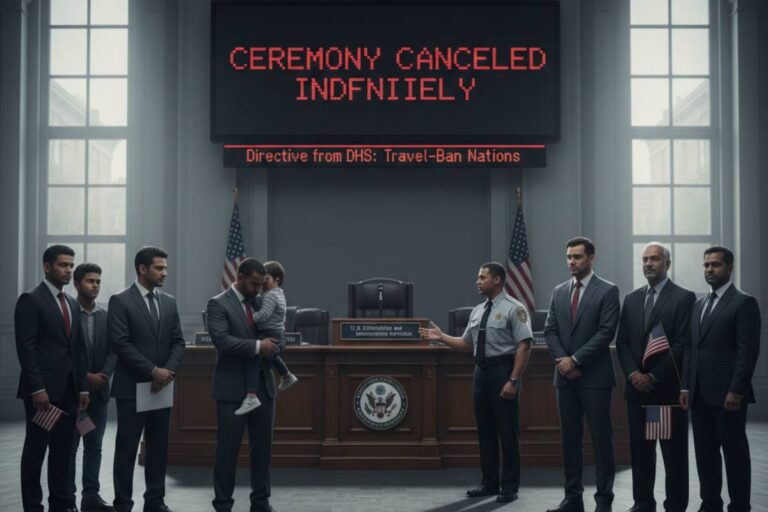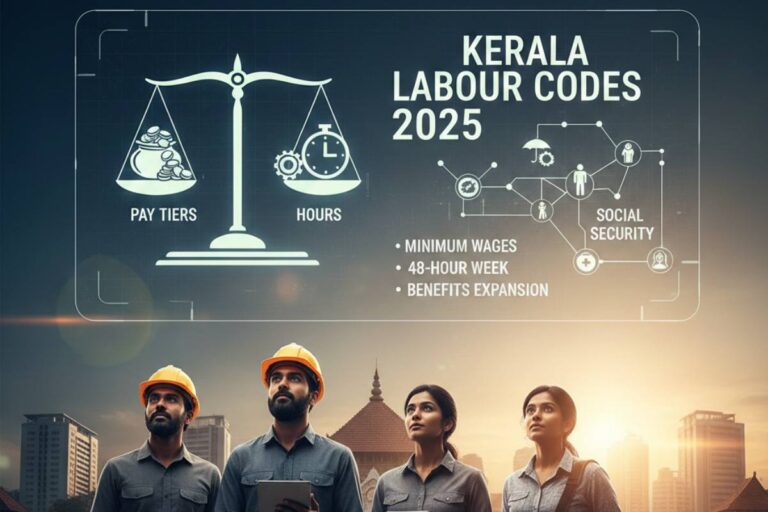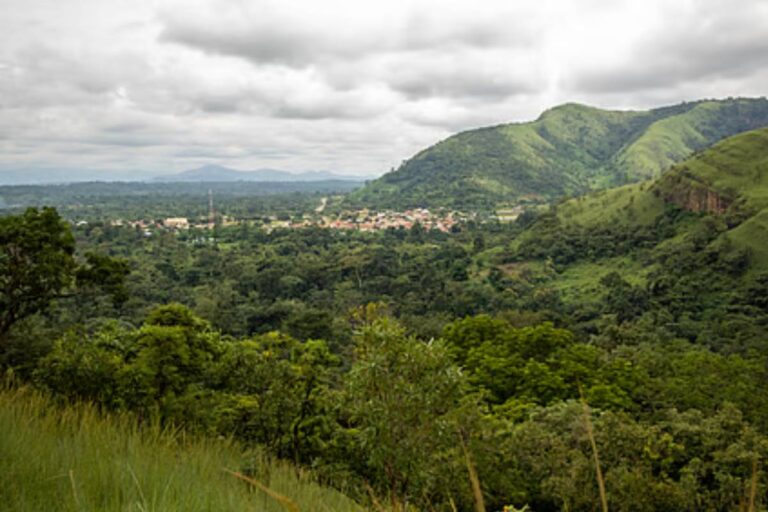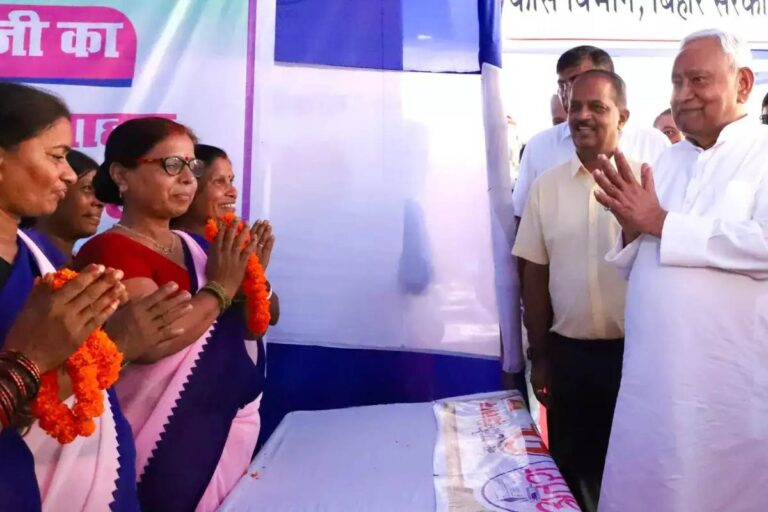Historic Political Milestone
Nepal has entered a new era of political leadership as former Chief Justice Sushila Karki officially began her duties as the country’s first woman Prime Minister, following the most devastating civil unrest the Himalayan nation has witnessed in decades.
The 73-year-old jurist, who made history twice – first as Nepal’s inaugural female Chief Justice and now as its first woman Prime Minister – swore in three key ministers on Monday, marking her administration’s initial steps toward restoring stability after violent protests claimed at least 72 lives and left over 2,100 injured.
Historic Transition Amid National Crisis
Karki’s ascension to power represents more than just a gender milestone. It’s the culmination of an unprecedented political upheaval that began with a simple social media ban but quickly evolved into what many are calling Nepal’s first “Gen Z revolution”.
The Spark That Ignited Change
The protests, which erupted on September 8, started when thousands of young Nepalis – many still in school uniforms – gathered at Kathmandu’s Maitighar Mandala monument to oppose the government’s September 4 ban on 26 social media platforms, including:
- Facebook
- Instagram
- YouTube
- WhatsApp
What began as digital dissent rapidly transformed into something far more profound: a nationwide uprising against corruption, nepotism, and economic stagnation.
“The Nepal government has collapsed; the youth have triumphed in the protests,” declared prominent protest leader Sudan Gurung as demonstrators celebrated their victory. The celebrations, however, came at an enormous cost – with parliament buildings set ablaze, government offices ransacked, and dozens of lives lost in clashes with security forces.
Revolutionary Selection Process
Perhaps most remarkably, Karki’s selection as Prime Minister occurred through an entirely novel democratic process. Generation Z protesters, who had successfully toppled the previous government, conducted what may be the world’s first Discord-based political selection for a national leader.
Digital Democracy in Action
The online voting, held on the gaming platform Discord, saw Karki receive:
- 3,833 votes (49.70%) out of 7,713 total votes cast
- Support from protesters and civil society representatives
- Democratic legitimacy through digital participation
This digital democracy experiment reflected the protesters’ determination to bypass traditional political structures they viewed as corrupt and unresponsive.
“We wanted Karki as prime minister due to her integrity, lifelong dedication to justice, and her reputation as an anti-corruption advocate,” explained Raksha Bam, a prominent Gen Z representative, highlighting why the protesters gravitated toward the former jurist.
The Woman Behind the Historic Moment
Early Life and Education
Born on June 7, 1952, in Shankarpur, Biratnagar, Sushila Karki built her reputation over decades of legal excellence and unwavering integrity. Her educational journey includes:
- 1978: Law degree from Tribhuvan University
- Master’s degree: Political science from India’s Banaras Hindu University
- 1979: Began practicing law
Judicial Career Milestones
Her judicial career took off when she was appointed as an ad hoc Supreme Court judge in 2009, becoming a permanent judge in 2010. In July 2016, she broke another barrier by becoming Nepal’s first female Chief Justice, a position where she gained national recognition for her landmark verdicts in high-profile corruption cases.
Notable Legal Cases
Karki’s judicial legacy includes several notable cases that established her as a fierce anti-corruption advocate:
- Om Bhakta Rana v. CIAA/Government of Nepal: Addressed corruption during Nepal’s peacekeeping missions
- Prithivi Bahadur Pandey v. Kathmandu District Court: Dealt with polymer banknote printing controversies
These cases showcased her commitment to judicial independence.
Cabinet Formation and Immediate Priorities
Swearing-In Ceremony
The swearing-in ceremony at the Presidential Palace, Sheetal Niwas, saw President Ramchandra Paudel administer oaths to three carefully selected ministers who will help Karki navigate the country through its transition period.
Key Cabinet Appointments
Om Prakash Aryal
- Role: Home Minister and Minister for Law, Justice, and Parliamentary Affairs
- Background: Lawyer renowned for his anti-corruption cases
- Significance: Signals the government’s commitment to addressing corruption issues
Kulman Ghising
- Portfolios: Energy, Water Resources and Irrigation; Physical Infrastructure and Transport; Urban Development
- Achievement: Credited with ending Nepal’s years of crippling power cuts
- Focus: Infrastructure development and economic recovery
Rameshwor Khanal
- Position: Finance Minister
- Background: Respected economist and former finance secretary
- Challenge: Address the youth unemployment crisis, exceeding 20% and heavy reliance on remittances
The Deadly Path to Change
Root Causes of Unrest
The protests that brought Karki to power were triggered by more than just social media restrictions. Young Nepalis, frustrated by limited economic opportunities and angered by the privileged lifestyles of politicians’ children – dubbed “nepo kids” – saw the social media ban as the final straw.
Government’s Failed Response
The government’s attempt to restrict 26 platforms on September 4, citing regulatory non-compliance, was widely viewed as an authoritarian move to silence dissent. The ban proved not only unpopular but also unenforceable, as VPN services reported a surge in registrations as citizens sought to bypass government restrictions.
Escalation to Violence
When thousands of protesters gathered in central Kathmandu on September 8, what began as peaceful demonstrations quickly turned violent after security forces deployed:
- Tear gas
- Water cannons
- Rubber bullets
- Live ammunition
The unrest spread rapidly across the country, with demonstrators setting fire to government buildings, police stations, and politicians’ residences.
Political Collapse
The violence reached its peak when protesters set parliament and the Supreme Court ablaze, forcing Prime Minister KP Sharma Oli to resign on September 9 after just two days of unprecedented chaos. The army was ultimately deployed to restore order, imposing a nationwide curfew that helped contain the violence.
Economic and Social Roots of Discontent
Youth Unemployment Crisis
The protests reflected deep-seated frustrations that have been building for years in Nepal’s struggling economy. Key challenges include:
- Youth unemployment: Exceeding 20%
- Migration crisis: Millions of young Nepalis forced to seek work abroad
- Popular destinations: the Middle East, South Korea, and Malaysia
- Generational impact: Generation Z protesters with little stake in the existing political system
Economic Dependency
Nepal’s economy relies heavily on remittances sent home by migrant workers, accounting for approximately one-third of the country’s GDP. This dependency has created a cycle where:
- The country’s most energetic and educated young people leave
- Those who remain face limited opportunities
- Youth witness lavish lifestyles of political elites’ children
Digital Economy Impact
The social media ban particularly rankled young people because these platforms had become their primary means of:
- Communication
- Organization
- Economic opportunity
- Digital entrepreneurship
Many young entrepreneurs and content creators saw the restrictions as an attack on their livelihoods and their generation’s digital-native culture.
Karki’s Immediate Challenges and Promises
Healing a Divided Nation
Taking office in a building near the Prime Minister’s office – which had been set ablaze during the protests – Karki faces the enormous task of healing a deeply divided nation.
First Official Actions
Her first official act was to announce government support, including:
- 1 million rupees (approximately $7,100) compensation to families who lost members
- Free medical care for the injured
- Reconstruction focuses on damaged facilities
“We must focus on reconstructing the damaged facilities,” Karki told senior government officials during her first meeting, acknowledging the physical destruction that accompanied the political transformation.
Government Priorities
Her administration has pledged to prioritize:
- Clean governance
- Job creation
- Economic revival
- Democratic transition
Electoral Commitment
Perhaps most significantly, Karki has:
- Dissolved Nepal’s parliament
- Scheduled fresh elections for March 5, 2026
- Fulfilled protesters’ demands for a complete political reset
This decision reflects her commitment to serving as a truly interim leader focused on facilitating democratic transition rather than consolidating power.
Regional and International Implications
South Asian Context
Nepal’s Gen Z revolution has sent ripples across South Asia, coming on the heels of similar youth-led movements in Bangladesh that toppled Sheikh Hasina’s government. The successful use of digital platforms to organize political change – despite government attempts to restrict them – offers both inspiration and concern for neighboring authoritarian regimes.
Geopolitical Position
The protests also highlighted Nepal’s unique position as a landlocked nation between India and China, both of which have significant interests in Nepalese political stability. Karki’s reputation for judicial independence and her lack of strong partisan ties may actually benefit Nepal’s foreign relations, as both regional powers can view her as a neutral figure during this transitional period.
Looking Forward: March 2026 Elections
Immediate Challenges
As Karki settles into her historic role, all eyes turn toward the March 2026 elections that will determine Nepal’s long-term political direction. Her interim government faces the dual challenge of:
- Maintaining stability during the transition period
- Implementing reforms addressing the underlying protest issues
Political Transformation Questions
The success of the Discord-based selection process has raised questions about whether traditional political parties will be able to reconnect with a generation that has demonstrated its willingness to circumvent established institutions.
Revolutionary Legacy
The Gen Z protesters who brought Karki to power have fundamentally altered Nepal’s political landscape, proving that in the digital age:
- Change can come from unexpected directions
- Digital organization can bypass traditional structures
- Youth movements can move with unprecedented speed
Conclusion: A New Chapter Begins
The coming months will test whether Karki’s administration can transform the revolutionary energy that brought her to power into sustainable governance reforms. For now, though, Nepal has achieved something remarkable: a peaceful transition of power following its most violent political crisis in decades, led by a woman whose career has been defined by breaking barriers and fighting corruption.
As the Himalayan nation begins this new chapter, Sushila Karki represents not just a historic first but, perhaps more importantly, a bridge between the old Nepal and the new one that its youngest citizens are demanding.








